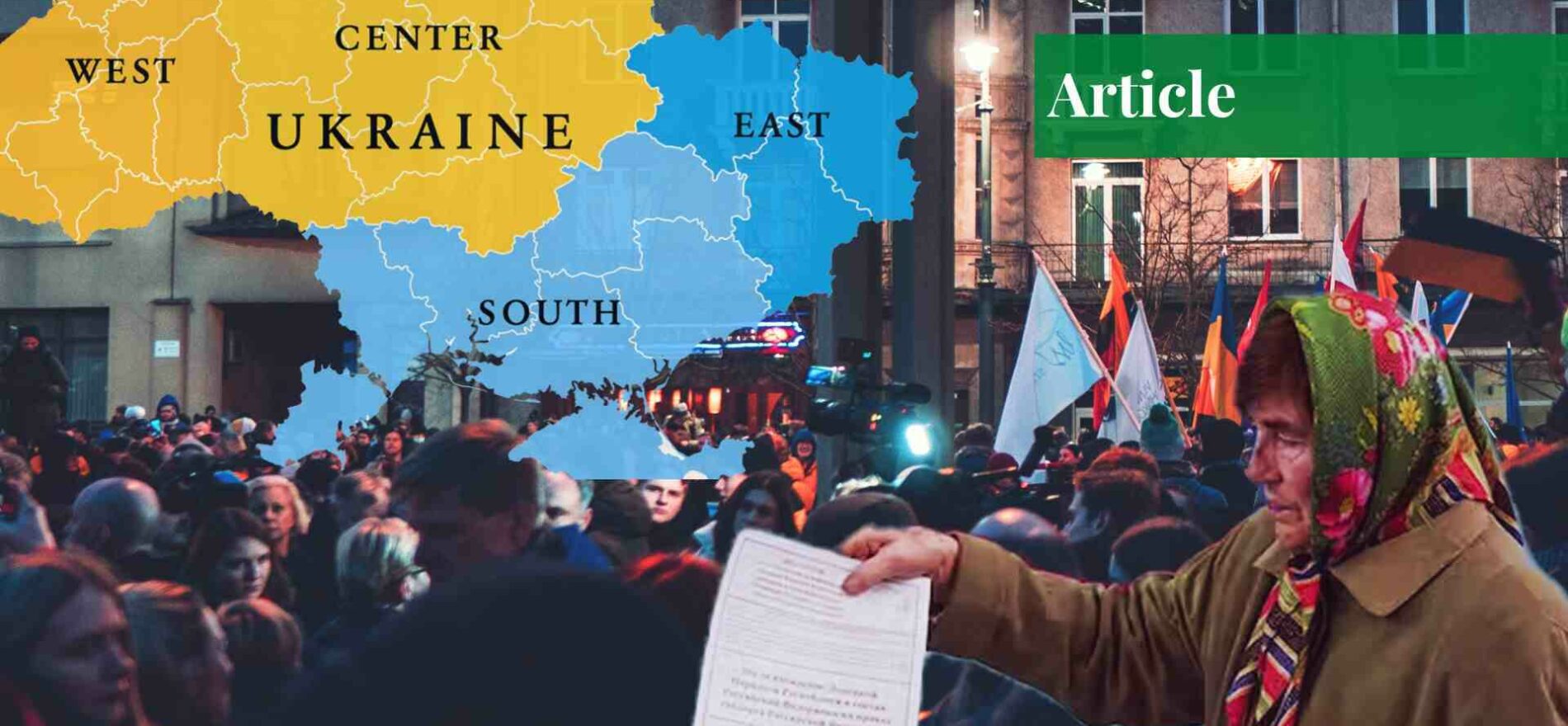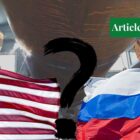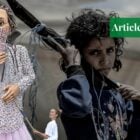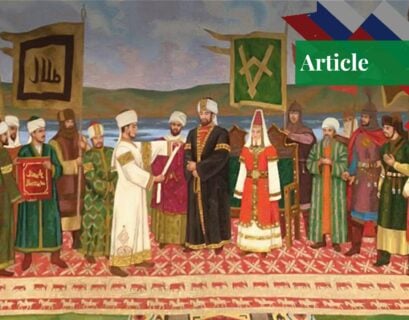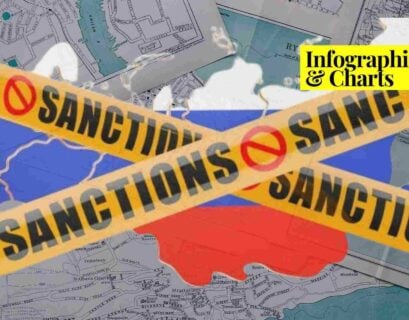Ms Abrish Nayyar is a student of BS Mass Communications at the National University of Sciences and Technology (NUST). Her subjects of interest are the history of the subcontinent, sociology, and mass media.
Another Annexation
Annexation is defined as the process of forcibly taking over a territory that rightfully and legally belongs to another state. Often, this activity is preceded by a military invasion of the area that is to be annexed and is internationally viewed as illegal. Such is the case of the Russian annexation of the four Ukrainian regions, which has been officialized on October 4th.
The Russian invasion of Ukraine has not only been condemned by nearly every country but also the sanctions placed on Russia as a result were meant to serve as a deterrent for war as well as an encouragement to resume civil ties with Ukraine. The import ban placed on Russia was perhaps the hardest line drawn thus far, but as the need forced the EU countries to soften their opinions and limits, Russia’s aggression has only grown.
According to Al-Jazeera, Russian defenses in the country’s south have been breached by Ukrainian forces as they swiftly increase their attack in the east, taking back more land in Russian-annexed areas and endangering Russian troops’ supply routes. An official from the Pentagon commented that Ukraine is strengthening its military and is likely to achieve some of its key objectives before the onset of winter.
Disputed Referenda
According to the Washington Post, the treaties on the absorption of the regions were found to be legal by Russia’s Constitutional Court on Sunday. Late last month, Russia held elections in the four regions of Ukraine. Electoral officials and armed soldiers went from house to house, watching voters cast their ballots, giving way to serious doubt to the ‘democratic’ process which was being strictly adhered to.
Russia does not have complete political or military control over the territories, but if the annexation process is confirmed, Moscow declared that Ukraine’s attempts to retake its own land would be seen as strikes at Russia itself. The latest development though is that Putin signed what have been termed ‘accession treaties’ which have formalized the Russian invasion of four regions of Ukraine: Kherson, Zaporizhzhia, Donetsk and Luhansk.
This is the largest annexation in Europe since the second world war and therefore has been condemned en masse. The Russian annexation followed referenda held in all four Ukrainian regions, where the majority ‘voted’ to join Russia. This ‘voting’ has been declared invalid by most of the Western world and is likely to be the subject of much scrutiny for a long time.
The elections are merely a formality; they are a component of Russia’s manufactured political theatre intended to give its home audience the appearance of legitimacy. A number of world leaders, including President Biden and U.N. Secretary-General António Guterres, have condemned Putin’s annexations as blatant violations of international law that will never be tolerable.
In a fake democracy that is meant to, at least on the surface, resemble a multiparty system, every chamber of the Russian parliament is packed with loyalists, and even the nominal opposition parties are tightly controlled by Putin. Like the Russian judicial system, it essentially executes commands from the Kremlin.
The preliminary results of the polling are as follows:
- Zaporizhia: 93.11% of voters backed joining Russia
- Kherson: 87.05% wanted to join Russia
- Luhansk: 98.42% claimed that they would prefer to join Russia
- Donetsk: 99.23% favoured annexation
However, it is necessary to note that at the time of the referendum, these regions were already controlled by Pro-Russian authorities, or Moscow itself, and they are the same people announcing and claiming these results. The EU’s foreign policy chief, Josep Borrell, said that this referendum was simply another way for Russia to violate the integrity and sovereignty of Ukraine whilst also committing acts that violate human rights on a daily.
Putin, on the other hand, claimed that these referenda were just to ensure the safety of the people living in these regions, as that is the focus of the entire country. A US envoy, Linda Thomas-Greenfield, said that the United States intended to introduce a resolution that shall invalidate all changes made to the Ukrainian territory. However, when this was presented in the UN Security Council, Russia utilised its veto power.
Uncertain Boundaries
Following Russia’s illegitimate annexation of Ukrainian territory and after dozens of people were killed on Friday morning when Russian forces attacked a civilian transport near the city of Zaporizhzhia, air alarms had been set off almost everywhere in Ukraine. However, it seems that for all their talk of success and victory, the Russian authorities are themselves unsure of many things: one of these being where, exactly, the boundaries will now lie, once Russia has annexed these four regions.
Pavel Krasheninnikov, the head of the State Duma’s Committee on State Building and Legislation, is a well-known Russian lawmaker who said that the Mykolaiv region would also, for some unknown reason, be incorporated into the annexation of Kherson. The borders in two other regions, Donetsk and Luhansk, will remain those that were established by the two regions in 2014 when they proclaimed their independence from Ukraine.
This too was following the orchestration of separatist uprisings planned by Moscow and executed there, which claimed large swaths of land it did not have any means or right to. The loopholes are present because neither side cared enough to reach an agreement, and ambiguities were never removed.
The Russian annexation of the Ukrainian regions this time around has occurred in a manner much similar to the annexation of Crimea, eight years ago. The key difference lies in the fact that though the annexation of Crimea had boosted Putin’s ratings and made him one of the most popular leaders ever, this time people are fearful of international as well as domestic consequences.
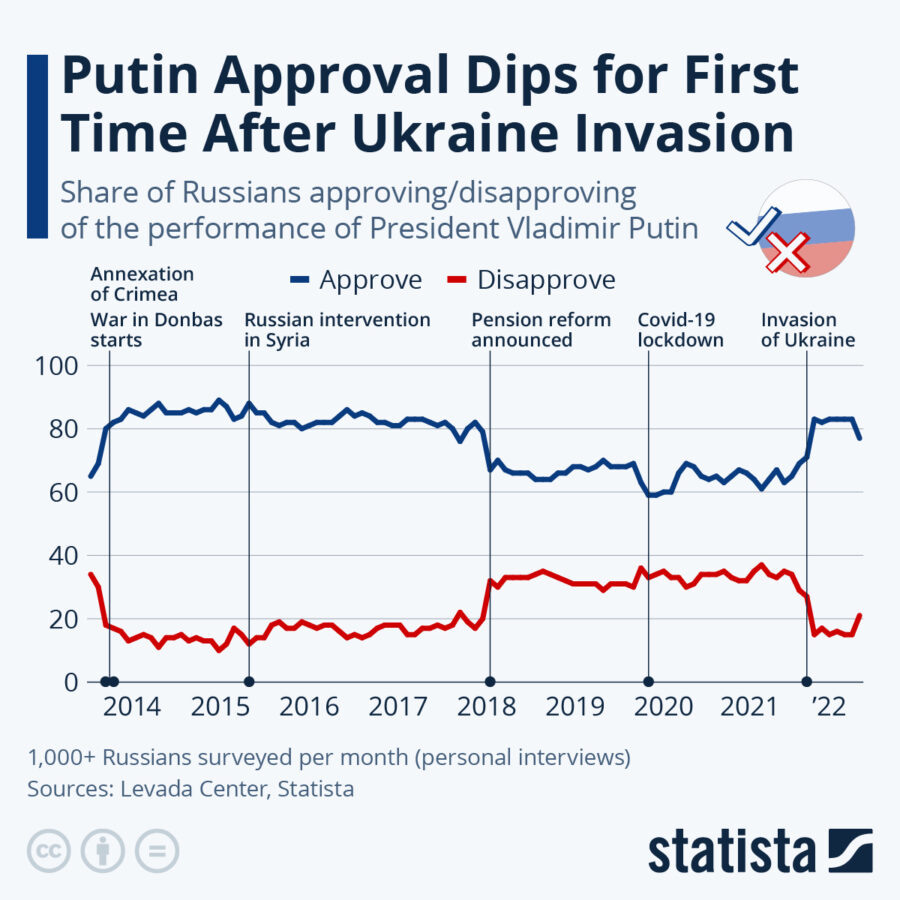
Increasing sanctions and military mobilisation paint a bleak future for the Russians, which is further proved by the fact that some of the most enthusiastic supporters of the Kremlin have taken a backseat. All in all, there is great reason for the West to doubt Russia, but that is not enough to hinder one of the greatest powers in the world.
If you want to submit your articles and/or research papers, please check the Submissions page.
The views and opinions expressed in this article/paper are the author’s own and do not necessarily reflect the editorial position of Paradigm Shift.
